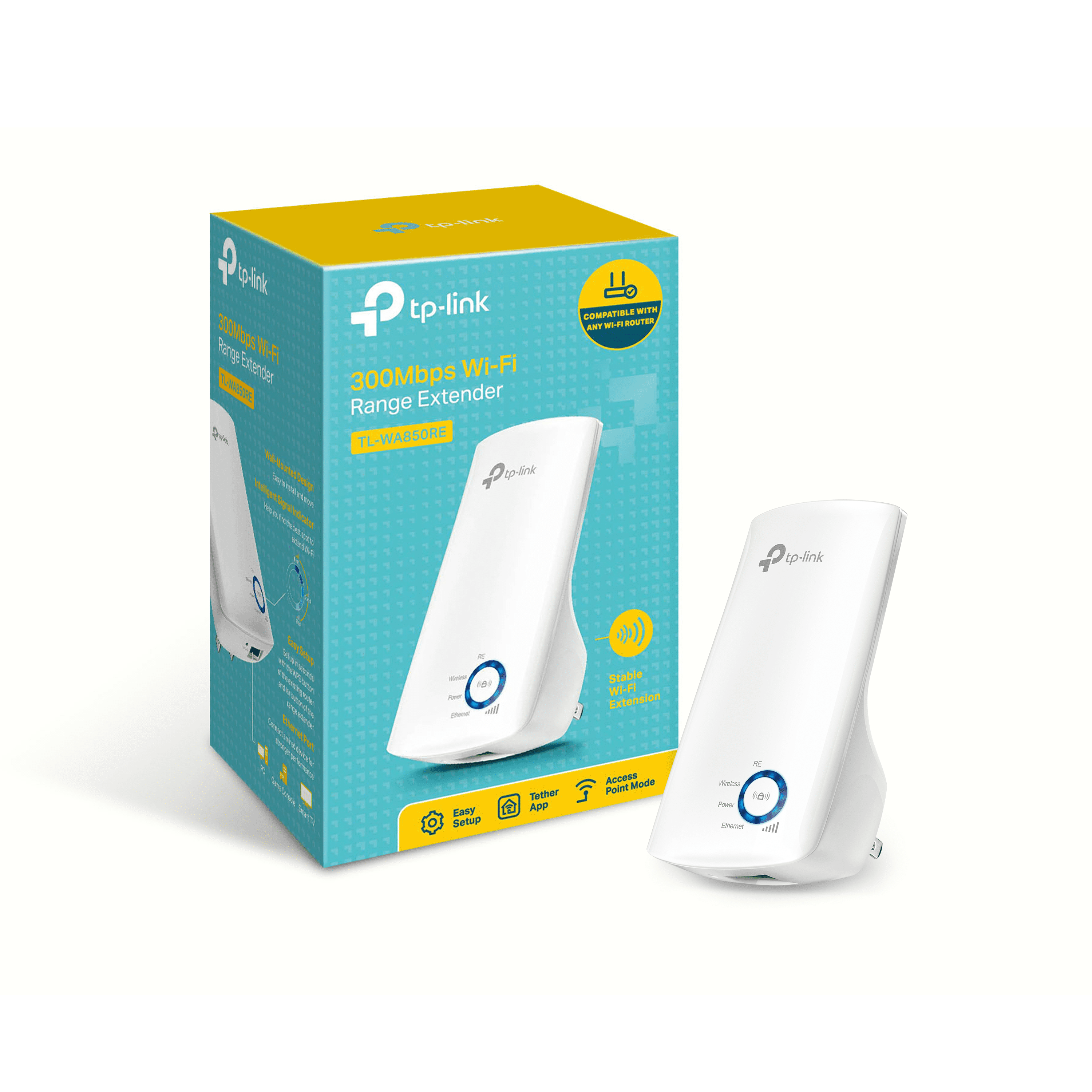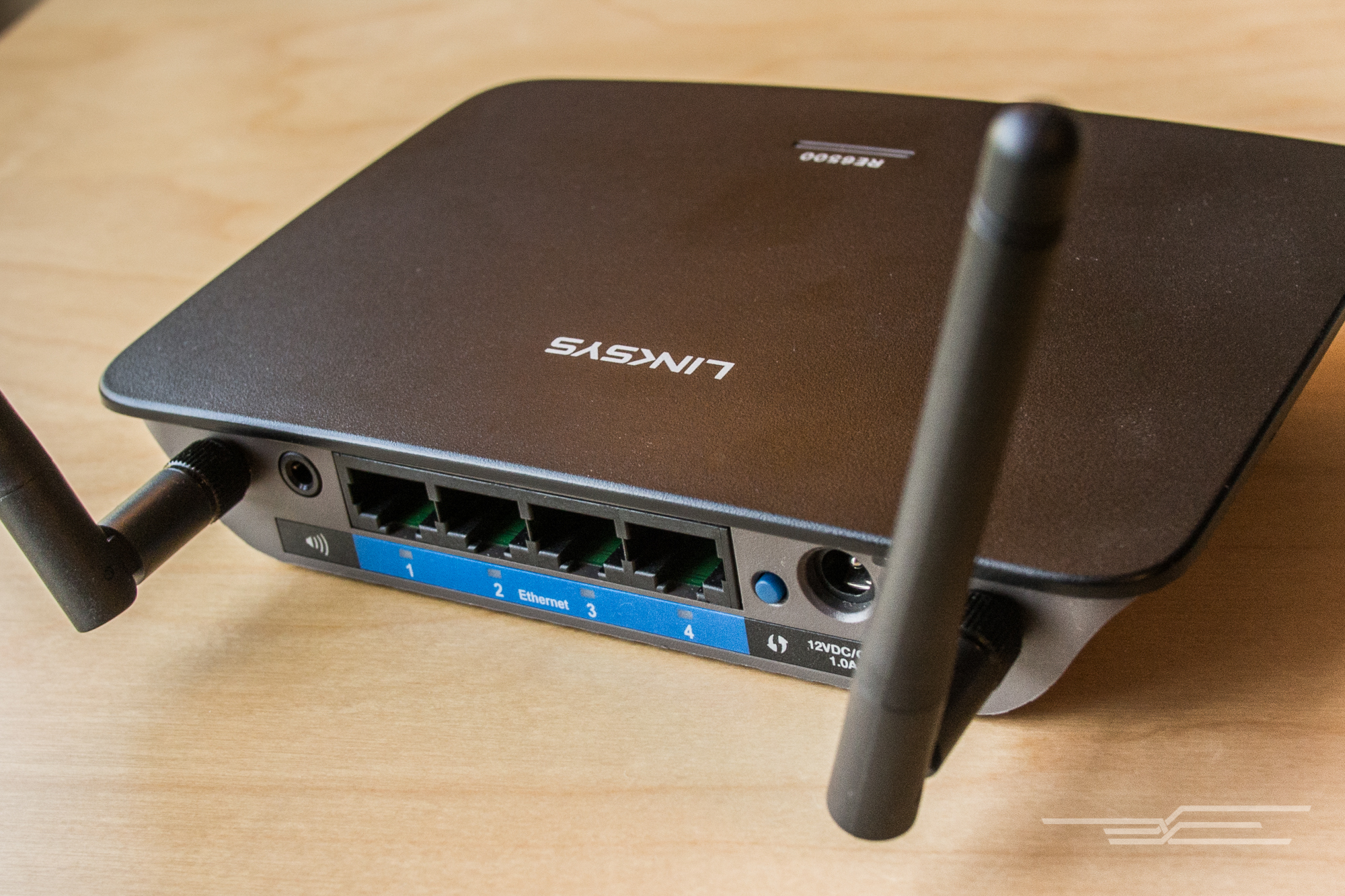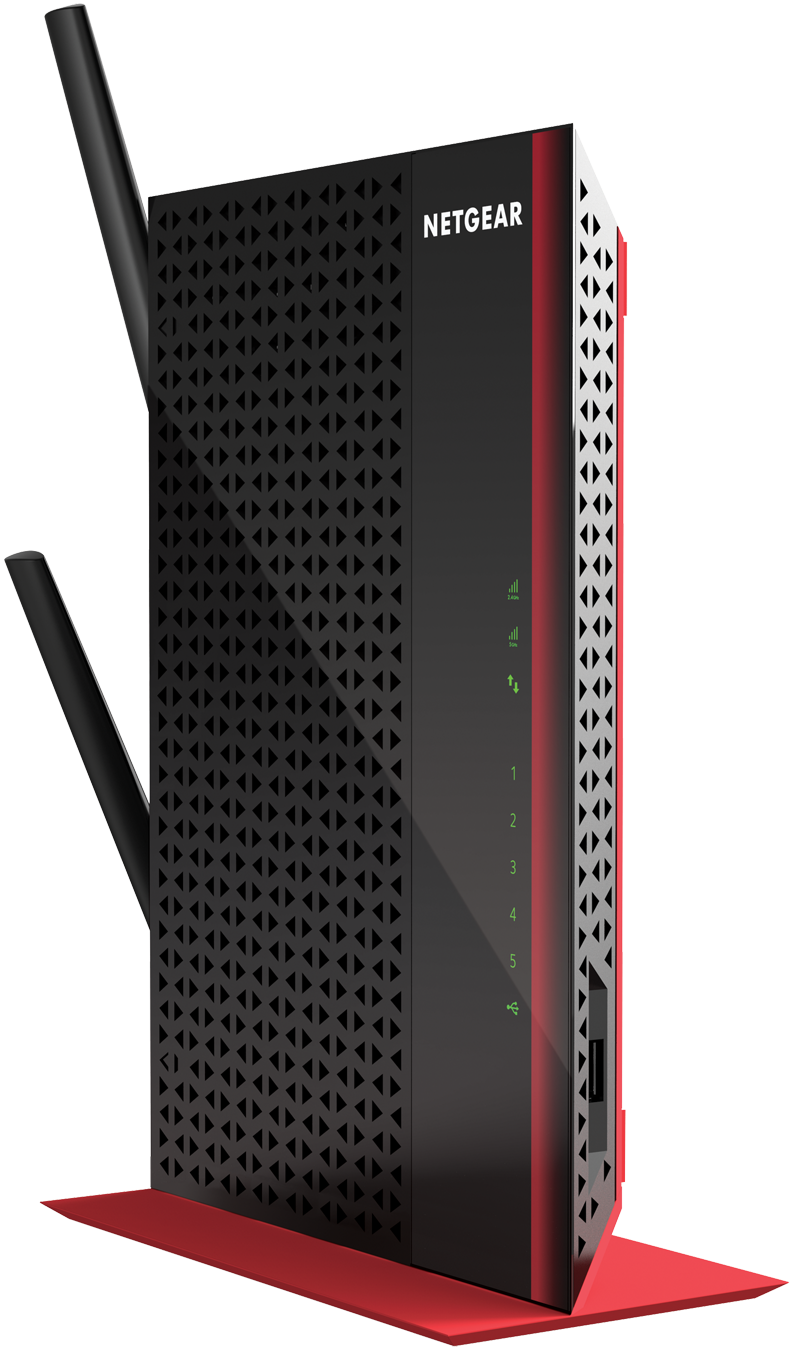
Gigabit Ethernet port allows you to transform it into a wired access point. Excellent performance at the longest range of any extender we tested. Fast enough to support the top speeds of most devices you’re likely to connect to it. The RE605X delivers better speeds for the money at longer range than competing devices with better specs. A faster Wi-Fi extender (in certain situations). D-Link’s E15 works well enough for most browsing and streaming, at a lower price.įor more information on our top picks, as well as our research and testing process, keep reading below. The TP-Link RE715X is another good option that supports even higher speeds, but the results are dependent on your home networking setup. Even better, it outperforms competing extenders that, at least on paper, should offer faster speeds. Our top pick, the TP-Link’s RE605X, is a Wi-Fi 6 device that gives great, consistent performance at long range. “In fact, it only causes interference that adversely affects your existing Wi-Fi network.” He notes that these are products that require reading the instructions. “Just plugging in the thing won’t do anything,” he says. “There’s no such thing as plug-and-play in setting up an extender,” says Dong Ngo of Dong Knows Tech, who has reviewed networking devices for decades. To achieve the best results from a Wi-Fi extender takes an involved setup process. It can’t fix a slow internet connection, nor can it improve a misconfigured or misbehaving router. An extender latches on to your wireless signal where it’s good and blasts out a separate Wi-Fi signal of its own, which may be just enough to keep you streaming, browsing and downloading. Then the modem or router transmits the signal into a wireless frequency, using either 2.4 or 5 GHz band.A Wi-Fi extender can solve a common problem many people face at home: a wireless network that’s slow, inconsistent or straight-up missing when you’re trying to use a device at the fringes of your router’s range. Typically, an internet connection comes into a home or building through some kind of wired connection, such as fiber, Ethernet or DSL. 
WiFi is commonly used to connect devices to the internet, but can also connect devices to each other, such as a computer and a printer. WiFi – Refers to a wireless connection between devices over radio waves.

Signal strength is best near the center of the radius, and gets weaker as you go farther away from the source. Range – The distance or radius that a wireless signal can reach and be accessed by a device. For instance, once the two devices in your G.hn WiFi Extender kit are paired, they will stay paired until you unpair them, allowing them to stay connected even as you move them around. Pairing – The process of linking two devices together in a way that will be “remembered” by one or both devices. GUI – Graphical user interface: This refers to an online portal (a special kind of webpage) used to manage advanced settings for a device such as a modem, wireless extender, etc. Gateway – The preferred term in the tech industry for a modem or router

This powerline-style extender was previously sold by CenturyLink. G.hn – Gigabit Home Network: The specialized technology used in the G.hn WiFi extender, using the existing electrical circuit to transmit the internet connection and extend it to another area within the house.

#Wifi extender password
This allows you to access it using the same network name and password as the original network.Įthernet – Ethernet is one of the most widely used ways of connecting computers together in a local area network (LAN), as well as to the internet, through a wired connection. Cloning – The process of making a copy of a wireless network.








 0 kommentar(er)
0 kommentar(er)
